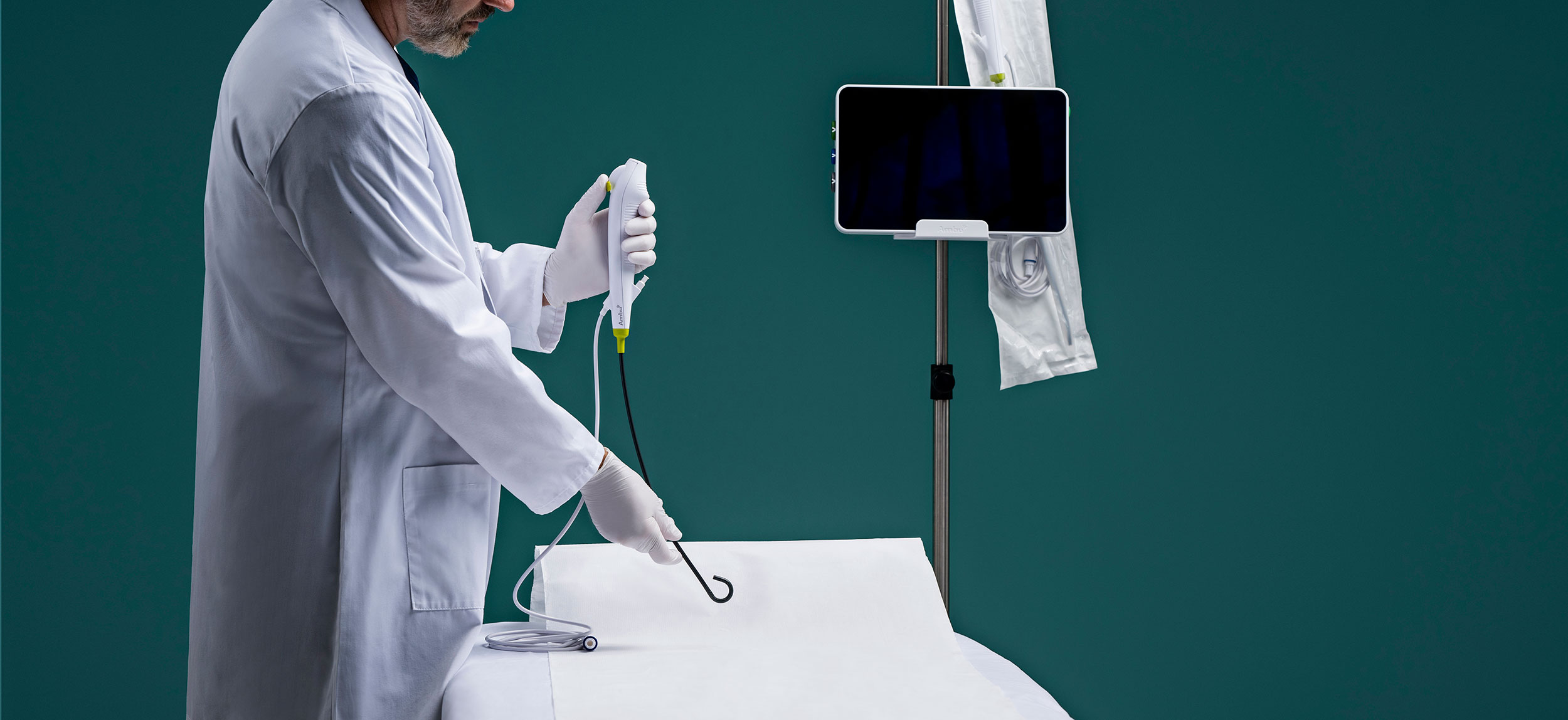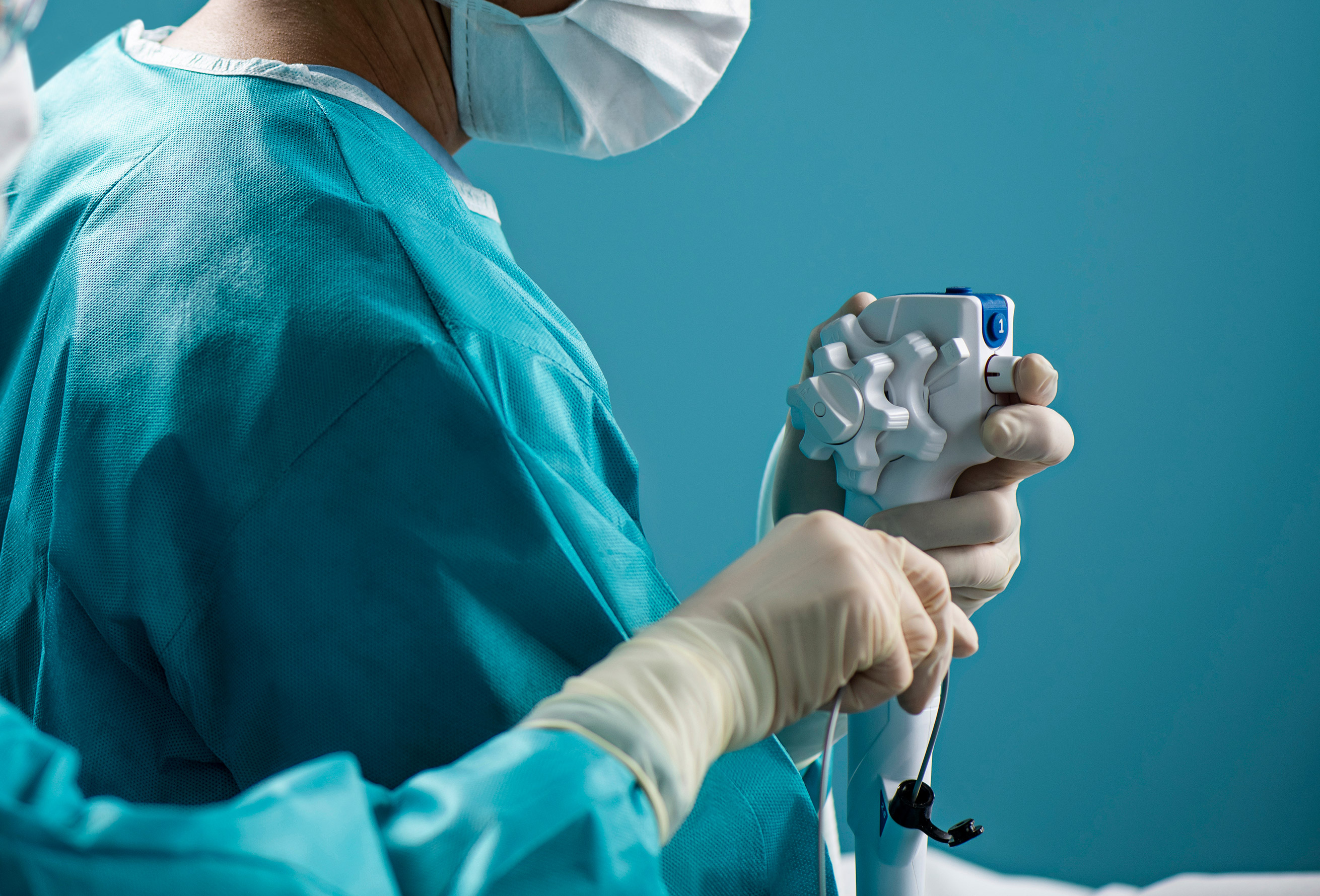
Sterile processors rely on the instructions they receive from device manufacturers, in the form of instructions for use (IFUs), to keep reprocessed devices safe for the next patient.
Yet, that isn’t always an easy task.
A lack of standard IFU format and terminology, along with confusing or inadequate information, can increase what is already a challenging job, according to a recent story in Healthcare Purchasing News.
The difficulties aren’t for a lack of trying to standardize these things.
An Association for the Advancement of Medical Instrumentation (AAMI) group published TIR12:2020 with the goal of helping manufacturers standardize IFUs, but inconsistencies remain, according to HPN.
For one thing, there is not a requirement to update old IFUs unless there is a documented safety issue, Damien Berg, AAMI Fellow and HSPA vice president of strategic initiatives, told HPN. Going back and updating them would be a heavy burden on manufacturers, he added, since it would require new 510(k) clearance.
HPN sought sterile processing professionals’ top requests for IFU improvements and identified the following:
“There had been a general assumption that because manufacturers’ devices were so complex and diverse, IFUs should be too,” Lisa McKown, manager, research and development at Beyond Clean said in an HPN interview.
Increased awareness has inspired a push for more standardization, she said. Requiring clear instructions for medical device IFUs that outline the cleaning of healthcare instruments that impact patients’ lives only makes sense, experts agree.
After all, even nutrition labels on cereal boxes, potato chips and soda cans are required to list information in a standardized format, Rebecca T. Alvino, system director, sterile processing, UCSF Health, San Francisco, told HPN.


